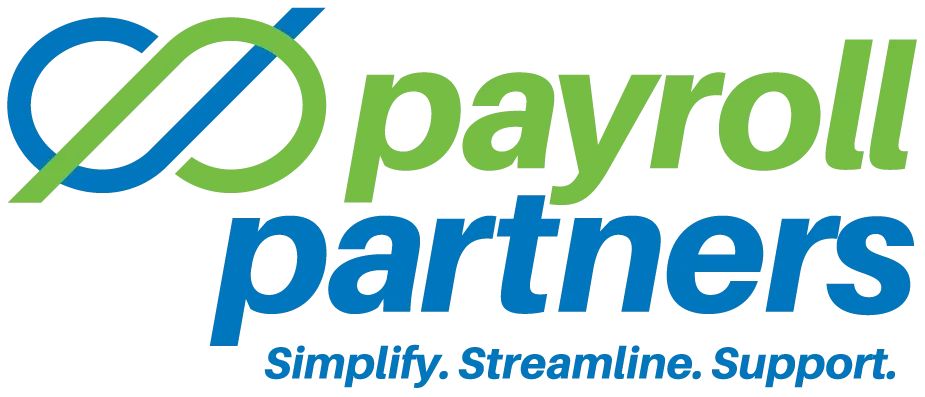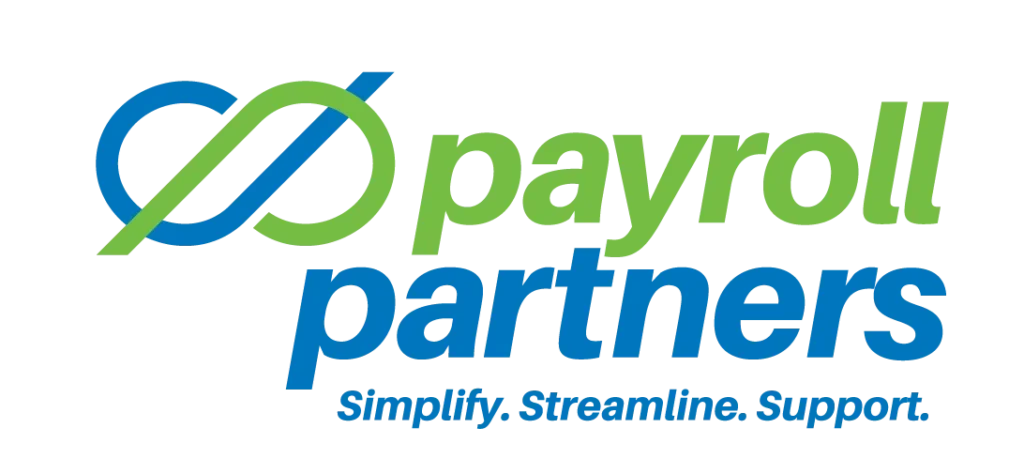Relatively few companies offered flexible work environments prior to 2020. When the global health crisis turned the world upside down, mandatory closures and lockdowns forced an abrupt shift.
Suddenly, millions of employees whose jobs could be done virtually were working from home. Even organizations with frontline employees (healthcare, retail, education, law enforcement, public safety) allowed support staff and administrators to work remotely.
For the most part, remote workers proved to be amazingly productive, even if their situation was not ideal. Working parents managed to squeeze virtual schooling and job tasks into their day. We MacGyvered home offices. We created lockdown lingo like “blursday,” and “quaranteam” to help ease the shift to the new reality we are experiencing.
For most small businesses, the first iteration of flexible working was understandably chaotic. But anything that kept the lights on was better than nothing. As the months flew by (or dragged on, depending on your perspective), businesses started creating policies to formalize flexible working arrangements. Flexible work schedules and hybrid working environments are no longer seen as a temporary stopgap measure.
Clearly, the need for flexible working is not going away. Business learns quickly, and early adopters have proven that adapting to change can bring new levels of productivity and competitive advantage.
One area that remains critical for small business is time and attendance. There are many challenges in this area alone. Organizing employees with varied work schedules and tracking time accurately are paramount to creating success for any company. More so in today’s complex hybrid working environments.
For businesses serious about moving forward, it’s time to adopt comprehensive systems that support flexible work environments.
What Are Flexible Work Environments?
First, let’s clarify the term “flexible work environments.” We’re talking about a new flexibility in both when and where the work takes place. This includes:
- Flexible schedules that allow employees to work around child care or alternate with other employees to reduce social interaction for health and safety reasons. Flexible schedules may differ from week to week or even day to day.
- Flexible workspaces that give employees the option to work from a home office, to come into a formal office space, or to work in a remote environment. Or a combination of all three.
Flexible hybrid work environments are in effect for a wide variety of business types, and adoption is increasing.
Flexible schedules and workspaces are an easy transition for office-bound business, but other business types are feeling pressure to adapt, too. Health care, construction, manufacturing and many service industries are changing their model to accommodate the demands of a more flexible and forgiving lifestyle.
Flexible working also includes distributed teams. Employees can’t always be on the same schedule or in the same place. Hybrid work systems include teams that have learned how to work together while working apart. Teams that figure this out are more productive regardless when or where they are working.
Why Embrace Flexible Work Environments?
Employers adopt flexible work models for multiple reasons:
- Lockdown: Mandatory quarantines and self-isolation are still in flux, and employers need to accommodate an ever-changing sea of public concern in order to reduce the impact on their business.
- Family and wellness: Employees need flexibility to care for themselves, children and elderly dependents which can be complicated when schools or daycare facilities are closed or on lockdown.
- Social distancing. State and local reactions to urgent situations may require social distancing tactics. Employers and even landlord restrictions can compound the need to accommodate social distancing requirements that limit the number of people in a closed area or in groups of a specific size.
- High risk. Some employees contend with high risk conditions and would rather avoid social contact for a longer duration. Others may embrace a philosophy that places them at odds with an employer’s vaccination requirements. In either case, employees are looking for flexibility to work from a safe location while maintaining productivity.
- Jobseekers expect flexibility and employers who don’t offer it may have difficulty competing for talent. In our post-COVID atmosphere, flexible working conditions are a common point of discussion during interviews.
With flexible work environments come new challenges. Two big challenges in flexible work environments are how to manage schedules for employees, and how to track time across multiple dynamic locations.
An employer’s ability to track time and attendance in a hybrid work environment with this many moving parts is critical. Time and attendance is a key area that needs special attention in a hybrid environment. Critical systems including payroll, staffing and compliance are all reliant on scheduling your workforce and measuring hours worked.
The Challenges of Flexible Work Environments
Traditional time and attendance has given way to the dynamic needs of flexibility. Companies that meet the challenges with timekeeping systems and flexible scheduling solutions will reduce impact and thrive where others cannot. For most, it is imperative to have the right tools, early.
There are several specific challenges when dealing with time and attendance in a flexible work environment. Forward-thinking managers will be considering some of the following important questions:
- How to manage schedules for employees who work varied hours or from home or remote locations;
- How to track time for employees who may be punching in from different locations throughout the week;
- How to ensure employees are where they should be, and at the right time;
- How to maintain compliance with state and federal regulations across a variety of work environments;
- How to maintain efficiency while collecting and managing payroll data for employees who are working in multiple locations and at varied times.
The SaaS Time and Attendance Solution
Automated cloud-based time and attendance that is integrated with payroll is the answer.
Cloud-based computing provides flexibility across almost any work environment. Integration allows for optimization that compensates for the impact of fluctuating schedules and variable clock-in locations. Automation reduces the impact of flexibility and increases operational efficiency.
Employers who embrace flexible work environments discover that productivity can actually increase for groups that embrace capable time and attendance solutions.
Cloud-based computing has opened the doors to modern SaaS solutions. With access from virtually any location, employers are adopting SaaS to handle time and attendance. It provides greater access–and a wider range of efficiencies–especially in a hybrid work environment.
Automation and workflow can reduce errors and improve employee engagement, especially in scheduling. Time tracking can expand to meet the needs of a varied workforce, and automations can reduce the impact of juggling more variables while increasing performance in many areas.
Let’s take a look at some of the solutions an automated timekeeping solution can provide when coupled with an integrated employee scheduling solution:
- Time tracking can be enabled for a variety of employee configurations including hybrid, remote and on the go. Employees can clock in from anywhere using intelligent clock prompts that eliminate errors and alert managers to special circumstances, such as a missed punch.
- Automated collection of punch data to a central location reduces the need for additional human resources and eliminates transcription errors.
- Geofencing options provide additional data to track employee location at clock in. Managers can receive alerts when an employee clocks in outside of a defined perimeter. Easy-to-read reports can help employers maintain compliance with accurate records.
- Employee scheduling and shift planning tools make it easier to manage employees working in a hybrid environment.
- Employee scheduling with employee engagement tools help managers alert employees to changes, updates and shift-swapping opportunities.
- Automated PTO management relieves managers from the burden of manually tracking hours and calculating benefits.
SaaS time and attendance solutions are a foundational component of a successful hybrid work environment. Flexible online tools that help employees remain connected, understand scheduling requirements, and log accurate hours are essential.
Best Practices for Managing Hybrid Work Environments
Online time and attendance with employee scheduling will help you grow your business in a hybrid work environment. These solutions help you better manage a dynamic workforce, save time and effort and maximize your labor spend.
Here are some additional thoughts to consider as you contemplate how automated timekeeping and employee scheduling can help you with your hybrid work environment:
- Time and Attendance
- Formalize collaboration policies. When are remote employees expected to be available? Which tools are they supposed to use? If they receive a work communication when they aren’t on the clock, how soon are they expected to respond?
- Provide multiple ways for employees to track hours. This includes a web portal, physical time clock, and mobile app. (Note: though many employers don’t track time for exempt employees, it is necessary if there is any question about the number of Full-Time Equivalent Employees (FTEs) for ACA small or large employer status.)
- Use geofencing to track employees who are on the go and should be clocking in at a specific location. Affirm that you have the right employee at the right place. This is great for construction worksites or home healthcare where employees are traveling from one site to another.
- Clock prompts allow employees to assign work time to projects or clients.
- Compliance
- Use schedule enforcement, meals/breaks settings, and supervisor alerts to comply with overtime rules, meals/breaks laws, and minimum wage.
- FMLA and PTO synced to time and attendance helps administrators properly allocate different types of leave.
- Automated recordkeeping and reporting ensure that employers can demonstrate compliance in the case of an employee dispute or DOL audit.
- Sync scheduling with certification tracking to ensure that shifts are filled by employees with the right skills. Alerts will warn managers if they need to assign a shift to an employee with the proper credentials.
- Employee Scheduling and Shift Planning
- Cloud-based scheduling allows employees to take responsibility for aspects of their own schedule which helps relieve administrative burden and increase participation.
- Create shift schedules (showing work time and location) and publish them in advance on the mobile app so employees know when they are working. They will see updates in real time.
- Provide manager-moderated shift trading on an online trade board to meet employee scheduling needs while ensuring that all shifts are covered.
- Set manager alerts for missed punches. If the missed punch is due to a no-show, the software will present the manager with a list of qualified employees who are available to cover the shift. If the employee just forgot to punch in, the manager can correct the employee’s timecard before payroll submission.
- Let exempt employees (generally salaried) know if they are completely free to choose their own schedule or whether they are required to work core hours where all team members can collaborate in real time.
Each of these components are tied to a central cloud-based timekeeping solution that tracks everything in real time so employers can see exactly what is going on with their workforce.
It’s Your Time to Thrive With Your Flexible Work Environment
Employers who embrace flexible work environments with modern management solutions will thrive. There is no need to worry about scheduling employees, collecting time, or preparing for regular payroll. Our software solution can help you bring added efficiency that saves you time, effort and money.
To thrive in a hybrid work environment, you need modern solutions that take the work out of complexity. You need tools that allow your employees to work from anywhere, at any time. And you need control and oversight that helps you maintain compliance, and most importantly; control, productivity and growth.
We can help your business thrive with a flexible hybrid workplace and we’d love to show you how our time and attendance solutions will make life easier for you and your employees.
This information is provided with the understanding that Payroll Partners is not rendering legal, human resources, or other professional advice or service. Professional advice on specific issues should be sought from a lawyer, HR consultant or other professional.

